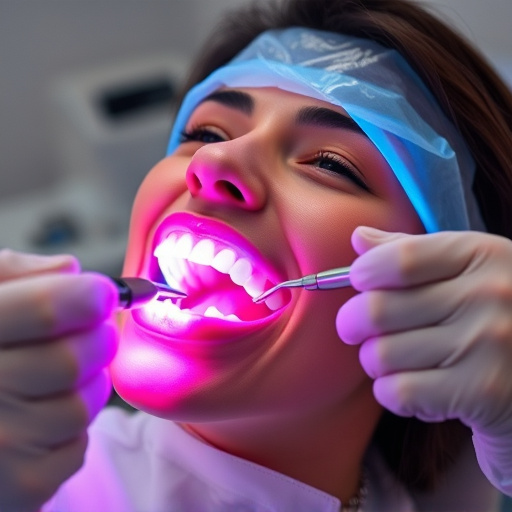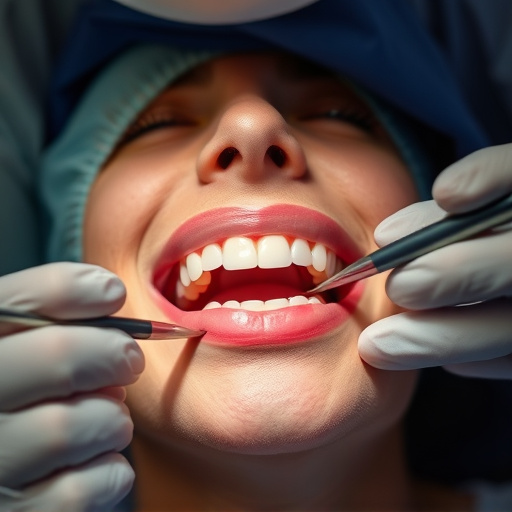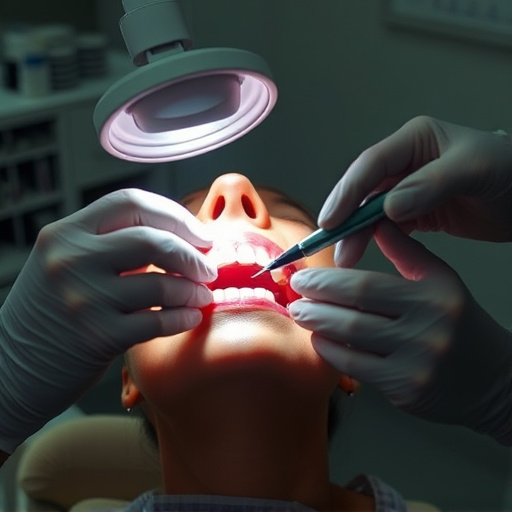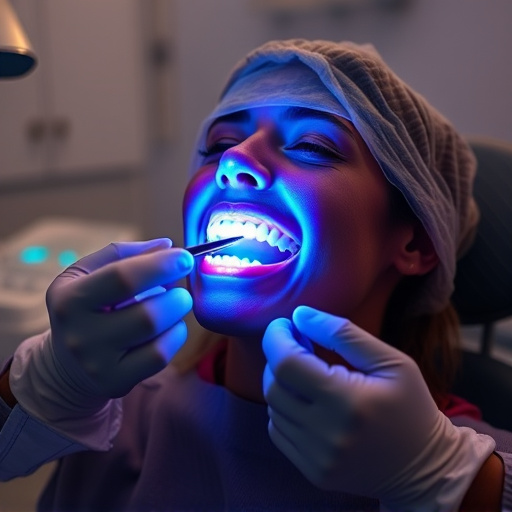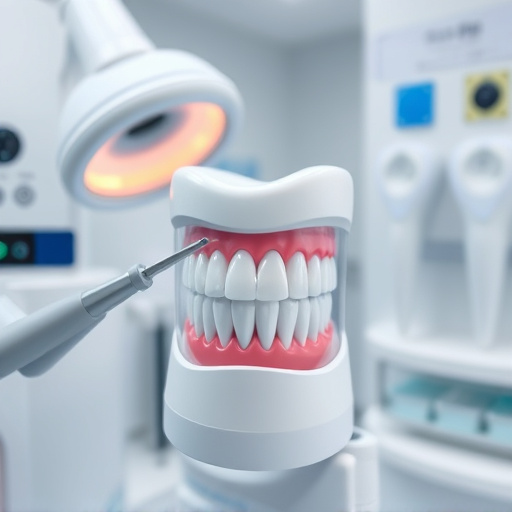TMJ disorder, affecting the temporomandibular joint, symptoms range from mild to severe pain. Treatment options vary based on individual needs, caused by misalignment, trauma, stress, arthritis, or gum clenching. Early detection through routine oral exams is key. Personalized care using bite splints, medications, physical therapy, and surgery provides targeted relief. Non-invasive treatments include physical therapy, heat/ice packs, improved oral hygiene, lifestyle changes, and stress management for immediate and long-term relief.
TMJ disorder treatment requires a tailored approach due to its complex nature. This condition, affecting the temporomandibular joint, can cause severe pain and discomfort. Understanding the root causes, such as misalignment or injury, is crucial for effective relief. Personalized treatment plans combine non-invasive therapies with lifestyle adjustments, offering lasting solutions. From dental splints to targeted exercises, these methods alleviate symptoms, ensuring patients receive comprehensive care tailored to their unique needs.
- Understanding TMJ Disorder: Causes and Symptoms
- Personalized Treatment Plans for Effective Relief
- Non-Invasive Therapies and Lifestyle Changes
Understanding TMJ Disorder: Causes and Symptoms
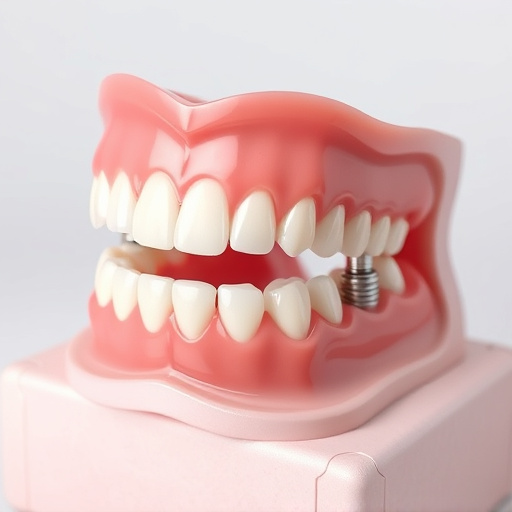
TMJ disorder, or Temporomandibular Joint Disorder, is a complex condition affecting the temporomandibular joint – the connection between the jawbone and the skull. It’s crucial to understand that TMJ disorder treatment varies greatly depending on the individual because symptoms can range from mild discomfort to severe pain. Causes are varied and often include bite misalignment, trauma, stress, arthritis, or gum clenching. Uncomfortable symptoms may manifest as jaw clicking, popping, or grinding; difficulty opening or closing the mouth; headaches; earaches; and facial pain.
Early detection through routine oral exams is essential for effective TMJ disorder treatment. Family dentistry professionals can play a vital role in identifying warning signs before they escalate. While cosmetic dentistry may not directly address TMJ issues, it can help restore a patient’s smile after successful TMJ disorder treatment has alleviated symptoms.
Personalized Treatment Plans for Effective Relief
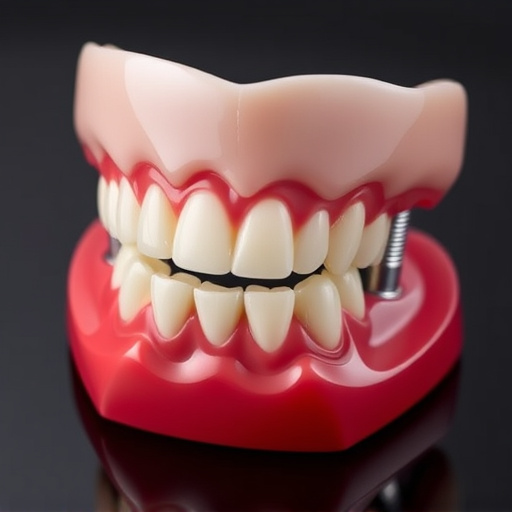
When it comes to TMJ disorder treatment, personalized care is key to achieving lasting relief. Every patient’s experience with TMJ disorder is unique, so a one-size-fits-all approach doesn’t work. Effective management requires understanding the underlying causes and symptoms, which can vary greatly. Dental professionals skilled in general dentistry play a crucial role here, offering tailored treatment plans that may include tooth repair or targeted teeth cleaning to alleviate pressure points and restore function.
By combining advanced diagnostic techniques with patient feedback, dentists can design interventions that address specific needs. This might involve a combination of treatments such as bite splints for nighttime grinding, oral medications, physical therapy exercises, or in some cases, surgery. The goal is to provide targeted relief while also promoting long-term dental health and overall well-being.
Non-Invasive Therapies and Lifestyle Changes
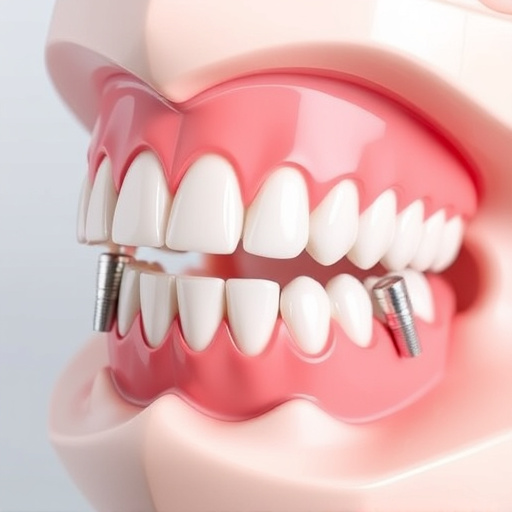
Many patients suffering from TMJ disorder (TMD) can find relief through non-invasive therapies and lifestyle adjustments, which offer a gentle and effective approach to managing symptoms. These methods focus on reducing inflammation, improving jaw alignment, and promoting relaxation in the facial muscles. Techniques such as physical therapy, including massage and exercises designed to strengthen the jaw and surrounding muscles, have proven beneficial. Heat or ice packs can also provide temporary relief from pain and inflammation.
Additionally, lifestyle changes play a significant role in TMJ disorder treatment. Patients are encouraged to maintain proper oral hygiene through regular dental cleanings and preventative dentistry practices. Avoiding excessive chewing or clenching of teeth, maintaining a balanced diet, and practicing good sleep habits can all contribute to reducing TMD symptoms. Stress management techniques like meditation or yoga may also help alleviate tension in the jaw muscles, offering long-term relief without the need for more invasive procedures.
TMJ disorder treatment doesn’t have to be one-size-fits-all. By understanding the unique causes and symptoms of this condition, healthcare professionals can create personalized care approaches that address individual needs. From non-invasive therapies and lifestyle changes to more advanced interventions, various effective solutions exist. Embracing a tailored treatment plan ensures relief and improves overall quality of life for those dealing with TMJ disorder.
